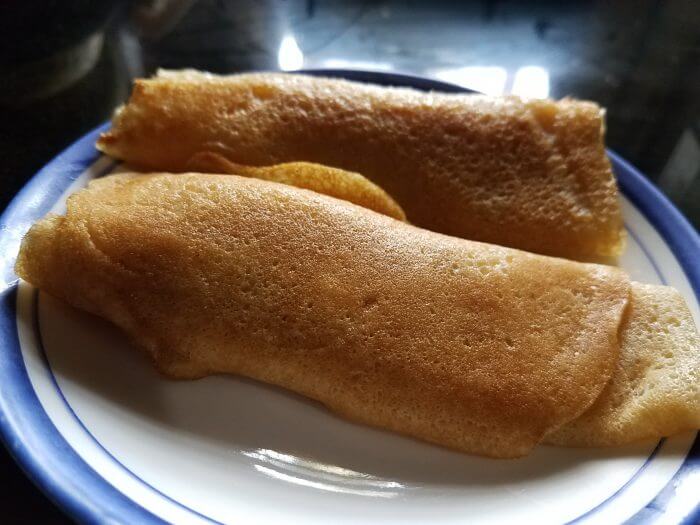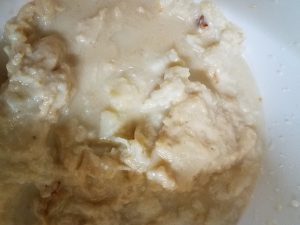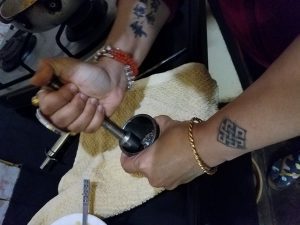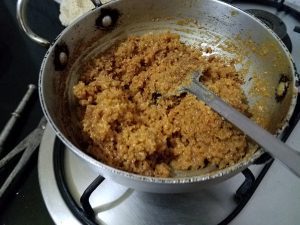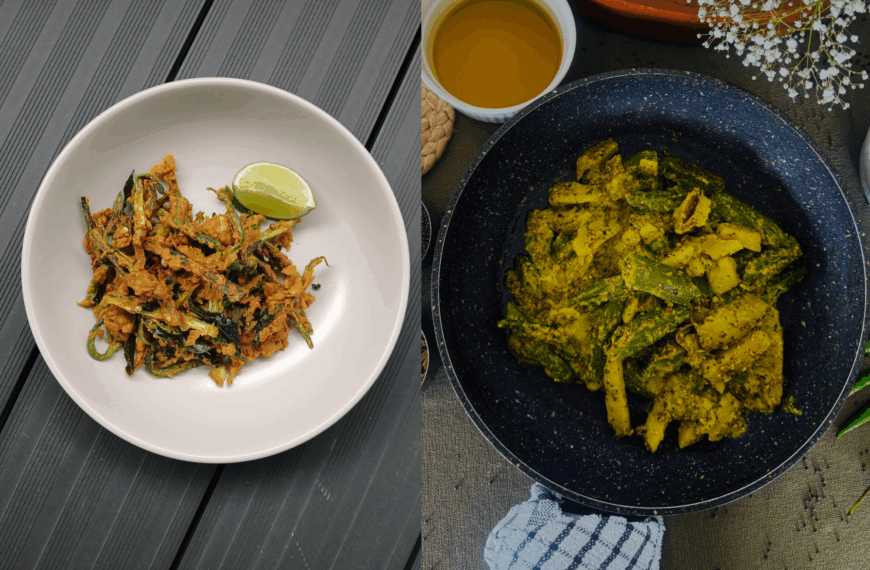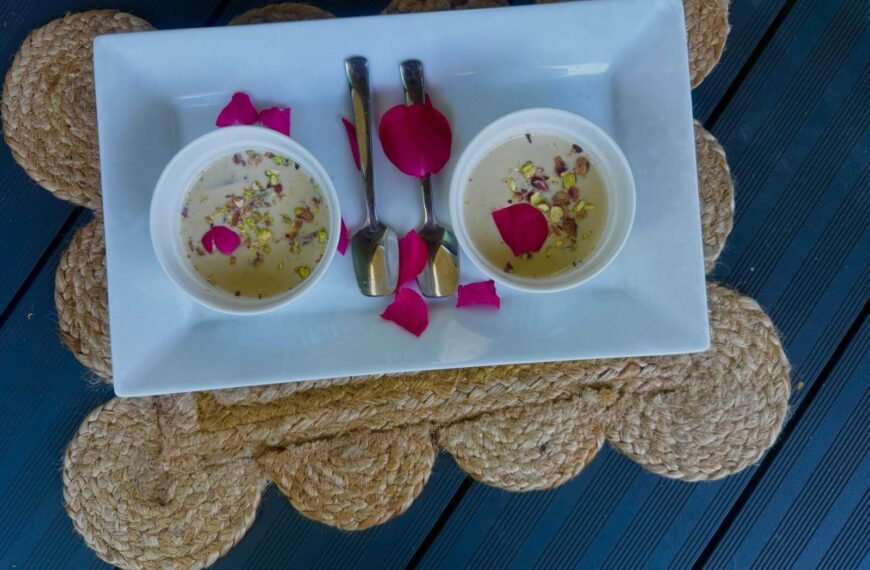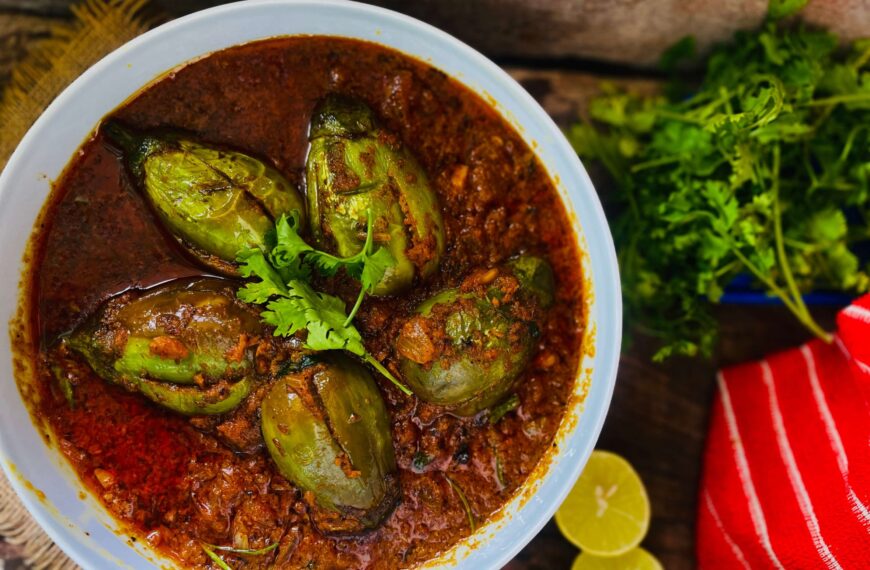With Poush Sankranti around the corner, Susmita tells us about Pithe and Patishapta, the celebratory sweets in Bengali homes, all over the world. Read more in the weekly column, exclusively in Different Truths.
After every meal, dessert is much looked forward dish. Bengalis are renowned for making and eating more sweet dishes than most of the other cultures in India.
We tend to have a sweet for every occasion, birth, birthdays, weddings, funerals, seasons and crops. In short, we need a reason to enjoy something sweet. Life is all about being happy.
During mid-January, Poush month of the Bengali calendar ends. That day is called the Poush Sankranti. Considered to be a holy day so it is celebrated by most Hindus in India. As it is a celebration of new harvest, foods which have rice in it becomes the center point. Bengalis go a step ahead and make special sweet dishes as the Pithe and Patishapta. This ritual is very prevalent in the Bangladeshi community too.
Some Bengali homes have Lokhi Pujo (Lakshmi Puja) on that day. The pot of paddy (rice with husk, dhaan) used as the base for Ma Lokhi is changed during this puja. A way of thanking the goddess of opulence for keeping the family fed and content. My family at ancestral home do the puja and make Puli Pithe Payesh and Patishapta.
Patishapta is a sweet crepe wrapping a core of either coconut sweetened with jaggery or sweet khoya. It can be served both warm and cold. My favorite is to drizzle the whole package with liquid jaggery and make every bite count.
I would like to share the recipe of Patishapta with all of you, so you can have a taste of sweet from my hearth.
Patishapta
Cuisine: Indian Type: Dessert
Serves: 10 Prep and Cook Time: 1 hour
Ingredients
For the stuffing:
Grated coconut 3 cups
Jaggery 1cup
Sugar 1cup
Ghee for frying
Raisins a handful (optional)
Chopped almonds a handful (optional)
Condensed Milk or thick mixed sweet khoya ½ cup
For the Crepe
Flour 1 ½ cups
Semolina 4 cups
Rice Flour ½ cup
Milk about 3 cups (depends on the consistency of the batter)
Confectionary Sugar ½ cup or according to taste
Ghee for frying
Cardamom powder ½ tsp
Method
For the Stuffing
Break the jaggery into small bits and mix it with the coconut. Heat ghee in a nonstick pan and add the mixture, keep stirring.
Add the sugar and the dry fruits when the grated coconuts start to stick to each other.
If you are not adding jaggery double the amount of sugar and add the khoya to make it a kheer based stuffing.
Alternative stuffing of only thickened kheer or sweetened khoya can be used. Dry fruits are optional.
Once the coconut mix is sticky enough, remove from heat and keep aside.
For the Crepe
Mix the semolina (fine), rice flour and flour with milk, sugar and cardamom powder. Add milk gradually until it becomes a smooth batter with no lumps.
Smear ghee on a fry pan or tawa and let it heat up, reduce the heat a tad and pour a ladle full of the batter on the center of the pan.
With the back side of the ladle spread the batter out into an ovular shape.
Try to keep it as thin as possible.
Once little bubble forms and burst out place some of the coconut/khoya stuffing on one side of the elongated crepe.
Roll the crepe and wrap the filling.
Press lightly on it to get the filling and the crepe tightly packed and place it on a dish.
Patishapta is served both warm and cooled. It can be served dry, or a drizzle of liquid jaggery or liquid condensed milk.
Hoping that this Bengali sweet will give you reasons to smile this winter.

Photos by Anumita Chatterjee Roy
#Patishapta #BengaliCuisine #Dessert #Jaggery #SweetDish #WinterFood #IndianFood #FridayFoodie #DifferentTruths

